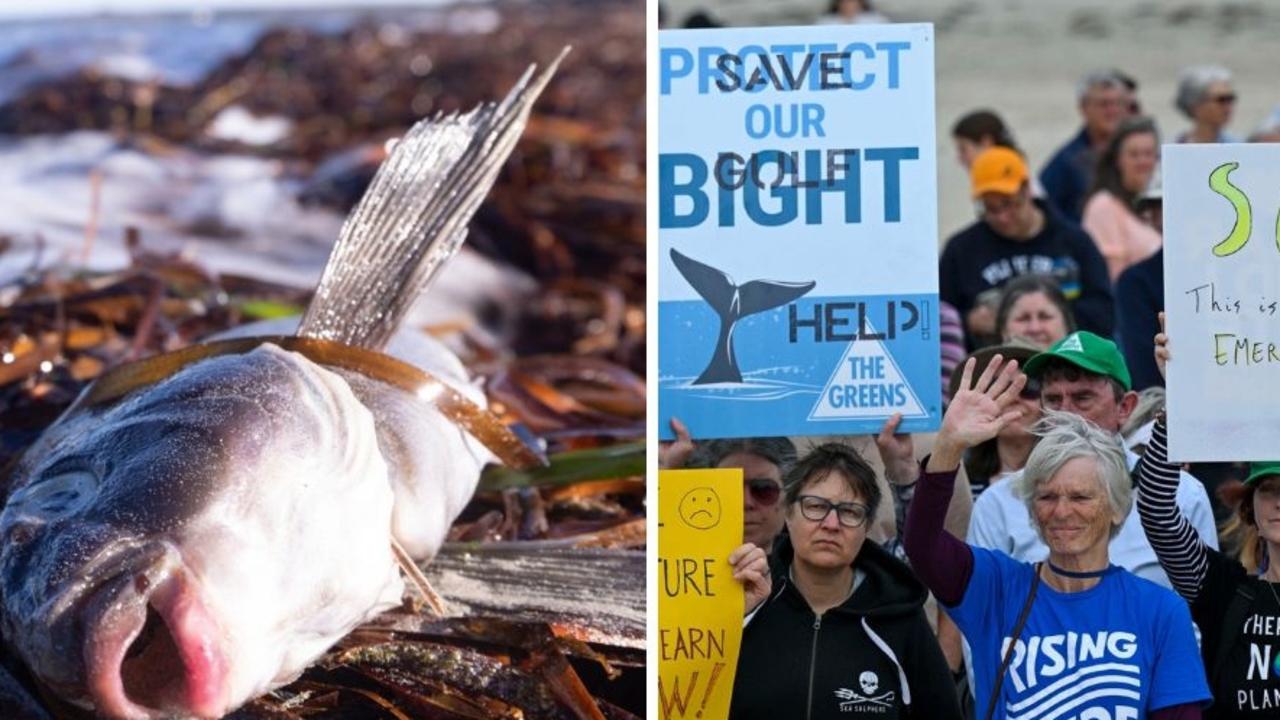By Andrew Hedgman
Copyright news

Premier Peter Malinauskas acknowledged the challenges of providing up-to-date information on a moving natural phenomenon, telling the ABC that authorities are “actively engaged” in conversations with the federal government.
He said the state’s summer plan for the bloom was “on track” for an October rollout.
However, Mr Malinauskas explained that the bloom’s rapid movement made daily public updates difficult.
“If you put advice out in the morning that the algae is particularly present down at Grange and everyone decides not to go to Grange for the day, then at lunchtime it changes because the algae has moved from Grange to Henley,” Mr Malinauskas said.
“Meanwhile Grange businesses have no customers despite the fact that the beach is perfectly beautiful to be able to attend.”
While the bloom has receded from several southern Fleurieu Peninsula beaches, including Waitpinga, it continues to persist in metropolitan Adelaide, prompting officials to urge caution.
The crisis has also highlighted major communication gaps between state and federal authorities.
A senate inquiry on Wednesday revealed that the federal Department of Climate Change, Energy, Environment and Water first became aware of the bloom’s escalating impact two months after detection in March. Environment Minister Murray Watt received a formal briefing on July 11.
“We really became aware of the impact first towards the end of May,” department division head Katrina Maguire told senators. She added that the department’s understanding of the situation escalated in July.
Greens senator Sarah Hanson-Young, part of the inquiry, criticised the communication delays.
“We heard from the federal environment department yesterday that the first time they became aware of this was at the end of May,” she said.
“I was bit gobsmacked by that I must say.”
Federal funding promises have also faced delays. Prime Minister Anthony Albanese pledged an extra $1bn through the Regional Investment Corporation program in August to help those affected, but the details of who can access the loans, including fishermen and tourism operators, remain unresolved.
Mel Brown from the Farm Resilience Division told senators the department was still determining eligibility and warned that legislative changes could delay support beyond the current quarter.
Senator Ross Cadell criticised the slow rollout, emphasising that the fishermen who rely on the gulf “needed support yesterday”.
“Once the photo was taken, the concept of delivering quick and real support washed away,” Mr Cadell said.
The bloom, which has killed thousands of marine wildlife and devastated fisheries and coastal tourism, now covers about 4500 square kilometres, twice the size of the ACT.
US scientist Donald Anderson described the event as “significant” but “not extraordinary”, adding that the bloom is too extensive to control directly.
“The best we can do these days is to manage them, to provide information on where they are, how toxic they are, if various resources are safe to eat, what symptoms people might experience if they did consume something,” Mr Anderson said.
Local industry has felt the impacts first hand. Button Fisheries owner Bart Butson said he hadn’t seen calamari or squid in the St Vincent Gulf for 2½ months.
Scientists also warn of a vast knowledge gap about harmful algal blooms in Australia.
Professor Shauna Murray and Associate Professor Christopher Bolch said research was hampered by uncertainty over the species involved, preventing confident predictions about triggers or mitigation.
Beyond environmental and economic damage, the bloom is affecting mental health.
RACGP South Australia chair Sian Goodson reported “lots of distress” in communities reliant on the coast.
Professor Craig Williams highlighted that the bloom disrupted social routines and active lifestyles and could have long-term health consequences.
Mr Malinauskas mentioned the bloom had receded from several southern Fleurieu Peninsula beaches, including Waitpinga, where symptoms were first reported in March.
“The algae bloom, of course, started to originate in Waitpinga and at the moment it is no longer there and that is welcome,” he said.
However, the bloom continues to persist in metropolitan Adelaide, with officials urging caution.



